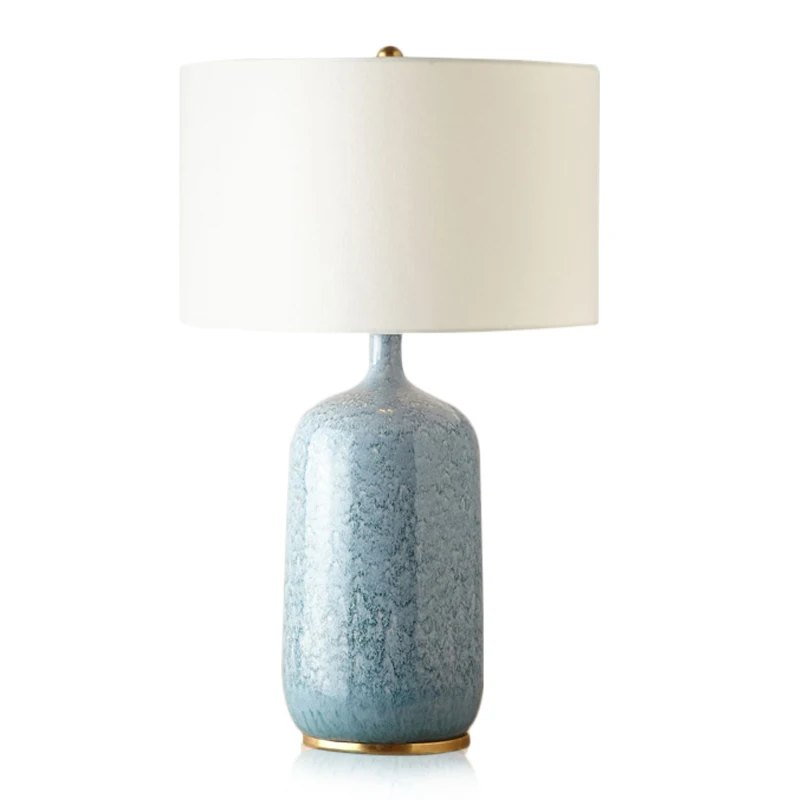
LEAFLETS
PRODUCTS
Finding Your Perfect Glow A Style Guide to Table Lamps for Every Room
Understanding Your Space: Function and Form
The guide rightly emphasizes the importance of considering the function of each room before selecting a table lamp. A lamp in a study needs to provide focused task lighting, potentially with a flexible arm and adjustable brightness. This contrasts sharply with a bedroom, where a softer, more ambient glow is typically desired. Understanding this crucial distinction informs your choice of lamp style, size, and even the type of bulb. A sleek, minimalist design might be perfect for a modern living room, while a more ornate, traditional style could complement an antique-filled study. The guide expertly guides you through these considerations, encouraging a thoughtful approach that marries form and function.
Further, the guide stresses the significance of scale and proportion. A tiny lamp on a large table will look lost, while an oversized lamp can overwhelm a smaller space. The guide provides practical advice on determining appropriate lamp sizes relative to the furniture and room dimensions. It emphasizes considering the height of the lamp in relation to the surrounding furniture, ensuring it complements rather than clashes with the overall aesthetic. This section moves beyond mere aesthetics and delves into practical design principles to ensure harmonious integration within the room.
Style and Aesthetics: Matching Your Décor
The guide offers a detailed exploration of various table lamp styles, ranging from classic to contemporary. It showcases examples of different design aesthetics, including traditional, transitional, modern, mid-century modern, and farmhouse styles. Each style is characterized by distinct design elements – from the material used (metal, wood, ceramic, glass) to the shape and size of the base and shade. Understanding these styles allows you to select a lamp that seamlessly integrates into your existing décor or acts as a bold statement piece.
Beyond the overall style, the guide also emphasizes the importance of considering the lampshade. The shape and material of the shade dramatically affect the light distribution and overall ambiance. A drum shade provides a diffused, softer light, while a tapered shade directs the light more effectively. The guide explores the various shade materials – fabric, linen, silk, paper – and how each material impacts the light quality and the overall visual appeal of the lamp. This section stresses the importance of not overlooking the seemingly minor detail of the lampshade, as it plays a significant role in the final look and feel.
Lighting Considerations: Brightness and Ambiance
The guide doesn't shy away from the technical aspects of lighting. It explains the importance of considering the bulb's wattage and color temperature. A higher wattage bulb produces brighter light, suitable for task lighting, while lower wattage bulbs are ideal for creating a softer, more ambient atmosphere. Color temperature, measured in Kelvin (K), determines the light's "warmth" or "coolness." Warmer temperatures (2700K-3000K) create a cozy, inviting feeling, often preferred in bedrooms and living rooms. Cooler temperatures (5000K-6500K) provide brighter, more energizing light, suitable for kitchens or home offices. This section makes the technical aspects of lighting accessible, empowering the reader to make informed choices based on their specific needs.
Beyond the technical specifications, the guide also explores the concept of layering light. It emphasizes the importance of combining different light sources – overhead lighting, table lamps, floor lamps – to create a well-lit and visually appealing space. Using table lamps strategically can highlight specific areas, such as a reading nook or a decorative element, creating visual interest and enhancing the overall ambiance. The guide offers practical tips on layering light effectively to achieve a harmonious and balanced lighting scheme in each room.
Choosing the Right Bulb: Energy Efficiency and Light Quality
The guide dedicates a section to the crucial aspect of bulb selection. It doesn't simply advocate for any bulb but highlights the benefits of energy-efficient options like LED bulbs. It explains that LEDs offer significant energy savings compared to traditional incandescent bulbs while also boasting a longer lifespan. The guide also delves into the various color temperature options available in LED bulbs, reiterating the importance of choosing the right color temperature to match the mood and function of each room.
Furthermore, the guide discusses the different types of LED bulbs, such as dimmable and non-dimmable options. This allows the reader to consider the level of control they desire over the brightness of their lamps. The information empowers the reader to make informed decisions based on their preferences and budgetary constraints, ensuring they can select bulbs that meet their needs and contribute to a sustainable living environment.
Conclusion: Illuminating Your Style
In essence, "Finding Your Perfect Glow: A Style Guide to Table Lamps for Every Room" is not just a style guide; it's a practical handbook for transforming your living spaces through thoughtful lighting choices. By carefully considering the function of each room, matching lamp styles to your décor, understanding lighting considerations, and selecting the appropriate bulbs, you can create a home that is not only visually stunning but also comfortable and functional. The guide empowers readers to confidently navigate the world of table lamps, ensuring they find the perfect glow to illuminate their unique style and personality.
SUBSCRIBE
INQUIRY










